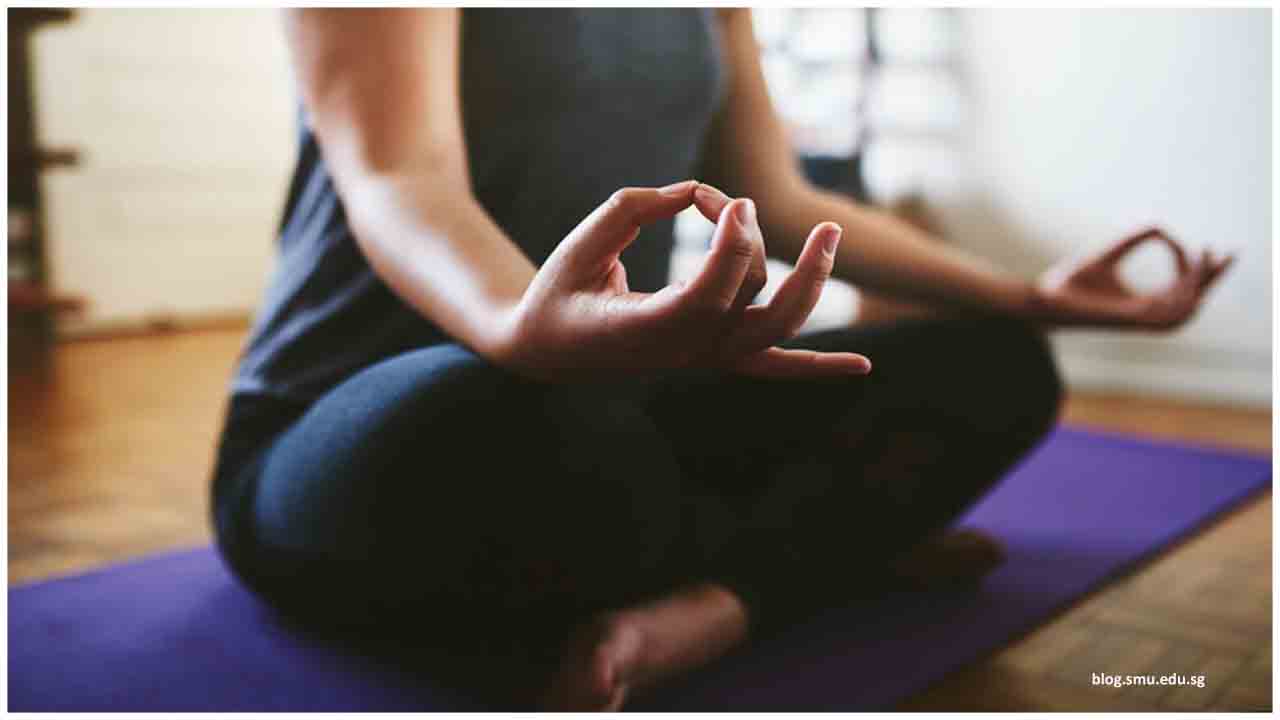STRESS IS A FACT OF life, but it can be a double-edged sword. In small doses, it can boost alertness and performance. But when you’re constantly stressed, that can have a significant downside.
“We have this really incredible stress response system in the body that’s equipped to turn on and gear up when demands exceed capacity,” says Chelsi Day, a sports psychologist with the Ohio State University Wexner Medical Center. And this is great when you’re trying to escape a predator, as our paleolithic ancestors likely had to. But it’s less awesome when it’s triggered constantly by the stressors of modern society, like an endlessly full email inbox or bad traffic.
The stress response system releases hormones in response to stressors. In small bursts, it can help you run faster or feel less pain. But when those hormonal fluctuations become chronic, that can lead to health problems. Chronic stress has been linked with chronic health conditions, including depression,cardiovascular disease, diabetes and possibly even cancer.
But regular physical exercise can help get your stress response system back into a more normal balance. “Routine exercise helps to release natural endorphins that may reduce stress,” says Dr. Tara Menon, a gastroenterologist at the Wexner.
Aerobic exercise may be the fastest way to get stress-busting benefits. Aerobic exercise elevates your heart rate, which “releases endorphins in the brain. These neurochemicals are the feel-good chemicals that make you more resilient,” Day says. Resiliency helps you cope with stressful situations in a healthy manner.
Excellent examples of aerobic exercises that can curb stress and anxiety include:
Brisk walking. Perhaps the simplest way to get some stress-busting exercise is to go for a brisk walk. The Anxiety and Depression Association of America reports that some studies suggest that a 10-minute walk can be enough to restore calm and may be just as helpful as a 45-minute or longer walk when it comes to reducing stress and anxiety.
Jogging or running. If your joints are up to it, try picking up the pace for even more anxiety release by jogging or running. Just make sure you have a safe route and shoes that adequately support and cushion your feet.
Swimming. A full-body workout, swimming is great for the cardiovascular system and offers some resistance training elements too because water is denser than air and will resist your movements more than when you move on land. Being submerged in water can also be very soothing for some people and make for an even better reduction in stress.
Cycling. Cycling is easy on the joints and can provide a heart-pumping workout. Just don’t forget your helmet and watch out for cars and potholes. Or hop on a stationary cycle for the safest option.
Dancing. Is there anything more life-affirming or joyful than simply busting a move to some great music? Dancing can be a wonderful way to ease stress while getting a solid workout. It can also be an intensely social activity, which can also help foster a sense of connectivity and support, further helping you feel less anxious.
Boxing. When you get really stressed or mad, do you ever want to hit something? Well, if you have a boxing bag or a sparring partner, boxing can be a wonderful way to burn off stress, anger and other intense emotions while providing a fabulous heart-pumping workout.
HIIT workouts. High-intensity interval training gets your heart pumping fast by mixing aerobic, anaerobic and strength elements into a compact workout that may pay big dividends in health and wellness.

 It is important to manage stress for fruitful life , read on to understand the exercises with most impact on stress busting
It is important to manage stress for fruitful life , read on to understand the exercises with most impact on stress busting










.jpeg)


.jpeg)



.jpeg)
.jpeg)






.jpeg)





